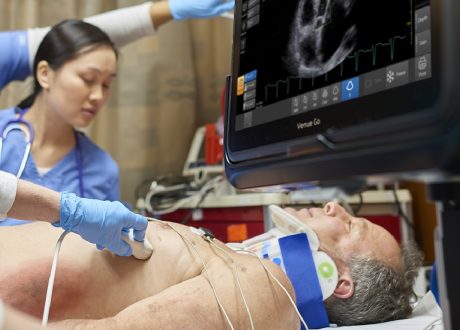July 5, 2024
Written by Vivian Lei

Prehospital providers tend to underestimate the time to ED arrival for EMS ground transports.
An underestimated ETA
This was a prospective observational study on the accuracy of the pre-arrival ETA provided by EMS ground units bringing patients to the ED at WellSpan York Hospital in southern Pennsylvania, a large level 1 trauma center, regional chest pain center, and stroke center. The researchers analyzed 1176 EMS transports (86% medical, 14% trauma) and recorded the pre-arrival ETA and actual time of arrival (ATA). Median ETA was 5 minutes (interquartile range, IQR 5-10 min) and median ATA was 10 minutes (IQR 7-12 min), with a mean difference (ATA-ETA) of 3 minutes (IQR 1-5 min). The time needed to transport was underestimated in 81.7% of cases, overestimated in 10.3%, and accurate within 1 minute in 8.0%. These differences were similar across subgroups, including medical patients, trauma patients, medical command calls, trauma bay activations, potential acute coronary syndrome (ACS), and suspected strokes.
How will this change my practice?
This small single-site study suggests ground EMS units generally underestimate the time to ED arrival, but perhaps not by a clinically significant amount of time. In practice, that extra 3 minutes spent waiting for the patient to arrive certainly may be clinically important depending on the number of resources and individuals that are engaged, such as with major trauma activations or cardiac arrests. Subgroup analysis in this study was limited by small sample sizes for certain patient populations, and more data would help clarify what factors might lead to greater inaccuracies in pre-arrival ETA.
Source
Accuracy of Prehospital Services’ Estimated Time to Arrival for Ground Transport to the Emergency Department. J Emerg Med. 2024 May;66(5):e581-e588. doi: 10.1016/j.jemermed.2023.12.010. Epub 2023 Dec 14. PMID: 38553364.









